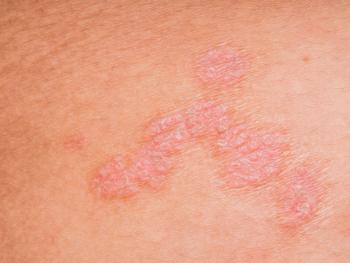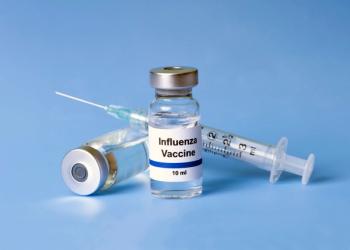
Pediatric experts emphasize the importance of asthma action plans, medication readiness, and school-based support to help children with asthma stay healthy and active during the academic year.

Pediatric experts emphasize the importance of asthma action plans, medication readiness, and school-based support to help children with asthma stay healthy and active during the academic year.

The expanded label of tocilizumab-anoh now includes treatment for patients aged 2 years and older with cytokine release syndrome (CRS).

The indication approved is for children aged 6 years and older who weigh at least 45 kg (99 lbs) for the preventive treatment of episodic migraine.

Though intensive nurse home services did not change outcomes in this South Carolina study, authors noted more research is needed on a larger scale to determine influence on adverse outcomes.

The authors of a recent study on flu-linked necrotizing encephalopathy in children present a deep dive into their findings and the biggest takeaways from the study.

As families prepare for a new school year, pediatricians are essential in helping parents navigate immunization schedules and school requirements and ensuring vaccine confidence.

A US study finds influenza-associated necrotizing encephalopathy in children has high mortality and disability, underscoring need for early care.

As families prepare for a new school year, pediatricians are essential in helping parents navigate immunization schedules and school requirements and ensuring vaccine confidence.

Despite their frequency, it can be challenging to distinguish between types of bites. Can you identify the source of this bite mark?

Get caught up with Contemporary Pediatrics! This list helps you navigate our top stories from the week, all in one place.

New CDC data show fewer kindergartners are fully vaccinated as exemption rates increased during the 2024-2025 school year.

A look back at the FDA submissions and regulatory decisions in the pediatric health care space from July 2025.

Take a quick look at everything you may have missed last month, including the top FDA approvals and latest clinical updates.

The FDA approved concizumab-mtci (Alhemo; Novo Nordisk) for hemophilia A/B without inhibitors, offering once-daily subcutaneous prophylaxis that significantly reduces bleeding rates.

Elizabeth Reichert, PhD, shares practical tips for pediatricians to help families monitor teen media use and recognize early signs of anxiety.

Pediatricians are urged to follow 2024 guidelines amid ACIP upheaval, vaccine hesitancy, and access issues as children head back to school.

Richard Auchus, MD, PhD, highlights data showing that crinecerfont use in children with CAH can improve metabolic outcomes.

“While our study is small, its results are powerful and have implications not only for MIS-C, but potentially for long COVID,” said lead author Lael Yonker, MD.

Many families face common potty training challenges, including anxiety and setbacks, highlighting the need for patience and personalized strategies.

Achieving the primary end point, 44.6% and 54.3% of patients treated with upadacitinib (15 mg and 30 mg) reached 80% or more scalp hair coverage.

Nektar Therapeutics remains on track to announce top-line phase 2 data in December.

Pegcetacoplan (Empaveli; Apellis Pharmaceuticals) is indicated for patients 12 years or older to reduce proteinuria.

Suzanne Hollander, MS, RD, LDN; and Timothy Tramontana, MD, offer thoughts on newly FDA-approved sepiapterin for PKU.

“Without treatment, individuals with PKU would have very high blood Phe levels...so that results in neurocognitive deficits and mood disorders," Suzanne Hollander, MS, RD, LDN, said.

The FDA has approved avatrombopag and new sprinkle formulation for children ≥1 year with chronic ITP, offering an oral, food-flexible treatment option.

The study enrolled infants not selected for risk, a population that has been seldom studied with regard to emollient intervention.

Of the 253 influenza-related pediatric deaths through June 21, 2025, 42.7% occurred in children without a high-risk medical condition.

Get caught up with Contemporary Pediatrics! This list helps you navigate our top stories from the week, all in one place.

Study links early childhood eczema timing to risk of allergies like food allergy, asthma, and rhinitis, with five distinct disease phenotypes identified.

Lori Handy, MD, MSCE, highlights how pediatricians can better prepare families and systems for missed vaccines during the back-to-school rush.